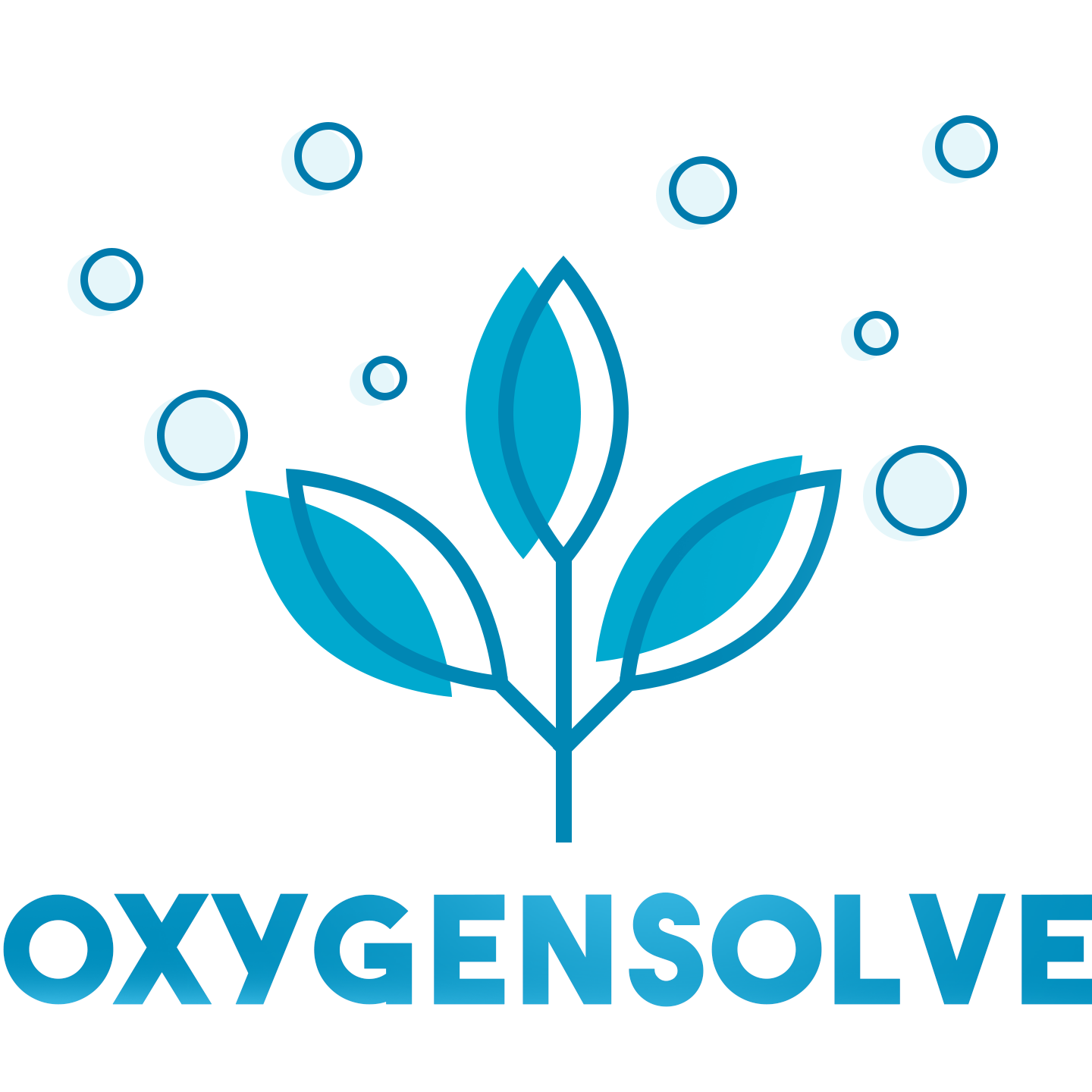Learn about common respiratory diseases
CODE
According to the American Lung Association, more than 34 million Americans live with chronic lung diseases like asthma and COPD, which includes emphysema and chronic bronchitis. We need to raise awareness of common respiratory diseases. Read the following content to get a general idea about them.
RSV (respiratory syncytial virus)
In general, RSV is a common respiratory virus with mild symptoms, not so different from the common cold. Most people infected will recover within one to two weeks, including infants and the elderly. In fact, many of us have already been infected with it in our childhood. However, for some people, the virus causes severe symptoms like bronchiolitis and pneumonia and even put their lives at risk. Severe cases of RSV can be unpredictable, resulting in about 58000 hospitalizations each year in children younger than five.
Susceptible population
Although most children are not under threat of RSV, some are still at the highest risk of severe infection.
• Premature infants
• Infants six months and younger
• Children with chronic lung or heart disease
• Children with weakened immune systems
• Children with neuromuscular disorders
Transmission
RSV transmits among people through sneezing or cough of infected people. The virus can enter through the eyes, nose, or mouth. RSV can also stay alive on objects like toys and door knobs, and get into you through touching.
Symptoms
• Mild symptoms can include a runny nose, cough, decreased appetite, decreased activity, fever, or irritability. These symptoms usually clear up on their own.
• Severe symptoms can include trouble breathing, dehydration, poor appetite, and shallow cough throughout the day and night. If these occur, you must pay urgent attention to your children and contact the doctor.
Prevention
Like most other infectious diseases, RSV is mainly prevented by cutting off the transmission, which can be done by:
• Avoid close contact with infected people
• Avoid sharing cups or toys that may be contaminated with the virus
• Cover your mouth and nose with a tissue when you cough or into your upper sleeve or elbow (not your hands) if you don’t have a tissue
• Wash your hands often with soap
• Use alcohol-based hand sanitizer if a water tap is not available.
Influenza
Influenza is a highly contagious respiratory disease caused by several different viruses, also called seasonal flu. The virus can pass through air, usually through sneezing or coughing, and enters your body through the nose and mouth. It also transmits through the surfaces of objects. The symptoms of flu are mostly mild, similar to those of the common cold, and only last longer.
Symptoms
Symptoms of flu usually consist of fever, cough, and muscle aches. These symptoms may be a little more severe than a common cold but will disappear naturally with adequate rest. However, for people with chronic illness or poor immune systems, especially the elderly, it can cause serious complications including pneumonia, ear or sinus infections, dehydration, and worsening of chronic medical conditions, such as congestive heart failure, asthma, or diabetes. These complications can be fatal if not paid attention to.
Prevention
The prevention of influenza is basically the same as that of RSV mentioned above. Additionally, you can get a flu vaccination every year, which can effectively protect you.
COPD
COPD is a common lung disease that mainly occurs in middle-aged or elderly people. It is a general term used for various progressive lung diseases, including chronic bronchitis, emphysema, bronchiectasis, and chronic airway obstruction. The common feature of these diseases is irreversible airflow limitation. Patients with the chronic obstructive pulmonary disease will experience symptoms such as persistent cough, shortness of breath, wheezing, recurrent chest infections, and chest tightness. In the later stages of the disease, these symptoms can also affect the quality of life, mood, and life expectancy.
Early diagnosis
Patients with COPD often have no obvious discomfort at the beginning. Many patients seek medical help only when they have severe breathing difficulties but by this time the disease has progressed to a more serious level. To prevent this, you can self-check the frequency of coughing, whether there is sputum in your throat, whether you sometimes feel chest tightness and shortness of breath, and whether you often smoke. Consult a doctor in time and perform a lung function test, which helps in the early diagnosis of COPD and early treatment.
Prevention and alleviation
Smoking is the main cause of COPD. If you smoke, try to quit. COPD is a progressive disease, and smoking cessation can alleviate the progression of COPD. Oxygen therapy can reduce breathing difficulties, improve your quality of life and relax your mood. If you feel that your breathing has improved, you can tell your doctor. You may be able to reduce the time you spend on treatment. Also, ask your healthcare provider about the physical activities you can do. Physical exercise can strengthen muscles, help you breathe, and improve your overall health.
Asthma
Asthma is a long-term disease of the lungs. It causes your airways to get inflamed and narrow, making it hard to breathe. Severe asthma can cause trouble talking or being active. You might hear your doctor call it a chronic respiratory disease. It is also referred to as "bronchial asthma."
Symptoms
• Coughing, especially at night or in the morning
• Wheezing, a whistling sound when you breathe
• Shortness of breath
• Tightness, pain, or pressure in your chest
• Trouble sleeping because of breathing problems
The symptoms vary with different people. Some people may go for long periods without having any symptoms. Others might have problems every day. In addition, some people may have asthma only during exercise or with viral infections like colds.
General methods to prevent respiratory diseases
Not all respiratory diseases can be prevented, but the following actions will help to reduce the overall chance of getting one.
1. Open windows frequently for ventilation and keep the environment clean.
2. Wash your hands frequently.
3. Drink more water and less alcohol. Smoke less.
4. Exercise regularly and have enough rest.
5. Mind the weather to avoid catching a cold.
6. If you have fever, cough, or other symptoms, go to the hospital or ask a doctor for early diagnosis or treatment


















